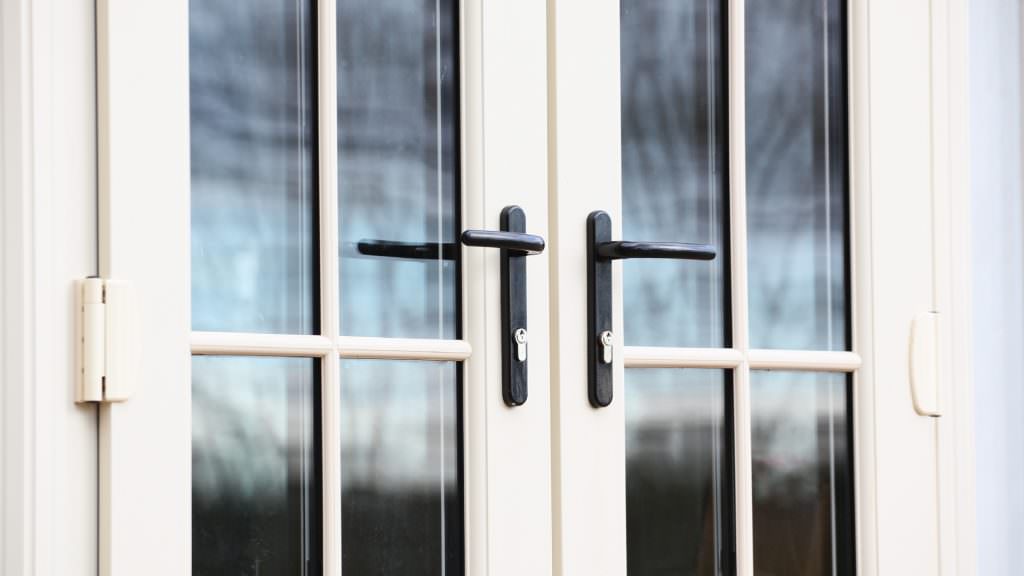How to Choose the Right UPVC Window Handle for Your Home
Windows play a crucial role in enhancing the functionality, security, and aesthetic of your home. Among the many window components, handles are often overlooked, yet they are vital for daily operation, security, and visual appeal.
If you have uPVC windows—a popular choice for modern homes due to their durability and energy efficiency—choosing the right window handle is an essential decision.
This guide explores the different types of uPVC window handles, their functions, styles, and tips to help you select the perfect handle for your home.
Understanding uPVC Window Handles
UPVC Window Handle frames are known for their longevity, low maintenance, and resistance to weathering. However, the window handle is the primary point of interaction, and it must meet both practical and aesthetic needs.
The handle you choose affects:
Security: Many handles come with built-in locks.
Ease of Use: Ergonomics is crucial for daily operation.
Style and Aesthetics: Handles contribute to the overall look of your window.
Compatibility: Not all handles fit every type of UPVC window.
Types of UPVC Window Handles
Before choosing a handle, it’s essential to understand the different types commonly used on uPVC windows:
1. Espagnolette Handles (Espag Handles)
Most common for modern UPVC windows. These handles operate a multi-point locking mechanism via a spindle.
Spindle Length: One of the most critical measurements; it must match your window lock mechanism.
Lockable Options: Most espag handles come with a key for security.
Commonly Used On: Side-hung or top-hung casement windows.
2. Cockspur Handles
These are typically used on older UPVC windows. They use a spur that latches over a wedge on the window frame.
Simple Mechanism: No spindle required.
Projection: Comes in various sizes to suit different step heights.
Commonly Used On: Older casement windows.
3. Tilt and Turn Handles
Designed for tilt and turn UPVC windows, which open in two directions.
Multi-Functionality: Operates the tilt and turn mechanism.
Secure Locking: Generally lockable for safety.
Position-Specific Operation: The handle must align properly with the internal mechanism.
4. Sash Window Handles
Used on vertical sliding sash UPVC windows. These handles can be either pull handles or locking fasteners.
Slim Design: To suit the narrow frames of sash windows.
Style Focused: Often designed to mimic traditional brass or chrome options.
5. Inline vs Cranked Handles
Espag handles come in two subtypes:
Inline Handles: Symmetrical design; suits left and right-hand windows.
Cranked Handles: Offset to one side; designed for better grip and specific window orientations.
Factors to Consider When Choosing a uPVC Window Handle
1. Measure Before You Buy
Correct sizing is critical. Here’s what you need to measure:
Spindle Length: Measured from the base of the handle to the tip of the spindle. Common lengths include 15mm, 20mm, 30mm, and 40mm.
Fixing Screw Centres: Distance between the two screws that hold the handle to the window. Typically 43mm for espag handles.
Step Height (for Cockspur Handles): The distance between the base of the handle and the spur.
2. Handle Orientation
Handles can be:
Left-Handed
Right-Handed
Universal (Inline)
Check the opening direction of your window to choose the correct orientation. Using a cranked handle on the wrong side may make the window difficult or awkward to open.
3. Security Features
With home security being a top priority, opt for lockable handles, especially on ground-floor windows. Look for:
Keyed Handles: Most espag handles come with a key that locks the mechanism.
Child Safety Locks: Some handles include a button release or require dual operation for safety.
Conformance to Standards: Handles that comply with standards like PAS 24 can offer greater peace of mind.
4. Style and Finish
Handles come in various styles and finishes to suit different home décors. Popular finishes include:
White or Black: Modern, minimalistic look.
Chrome or Satin Chrome: Sleek and contemporary.
Brass or Gold: Classic and traditional.
Coordinate your window handles with other hardware (like door handles and hinges) for a unified look.
5. Material and Build Quality
Choose handles made from durable materials such as:
Zinc Alloy: Strong and corrosion-resistant.
Aluminum: Lightweight but may not be as robust.
Stainless Steel: Excellent for coastal areas due to rust resistance.
Avoid cheap plastic handles, which may become brittle and break over time.
6. Ease of Installation
Most UPVC door handles are DIY-friendly, especially espag and cockspur types. However, ensure:
The new handle matches your window’s existing fitting.
You have the right tools (screwdriver, measuring tape, etc.).
The handle comes with installation instructions or fixing screws.
7. Brand Compatibility
While many handles are universal, some window manufacturers use proprietary locking systems. If your windows are from a known brand, consider contacting them or buying original replacements for guaranteed compatibility.
Where to Buy uPVC Window Handles
You can find window handles at:
Local hardware stores: Ideal for immediate needs and visual inspection.
Online retailers: Wider variety, often at lower prices.
Window suppliers: Best for specific or branded handles.
Home improvement centers: Offer bundles or kits with multiple handles and fixings.
Always check return policies and customer reviews before buying online.
Conclusion
Selecting the right UPVC window handle for your home may seem like a small decision, but it can have a big impact on the security, usability, and aesthetics of your windows. By understanding the different handle types, measuring accurately, and considering your home’s needs, you can make an informed choice that ensures long-term satisfaction.
Whether you’re replacing a broken handle, upgrading your home security, or simply refreshing your window hardware, the perfect uPVC window handle is out there—waiting to open up new possibilities for your home.
